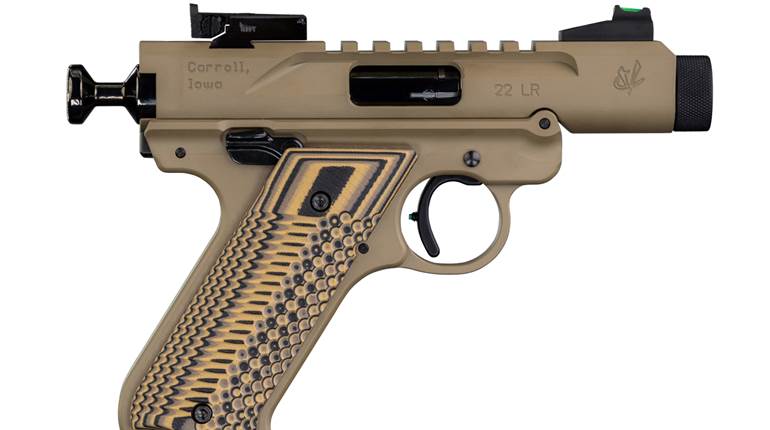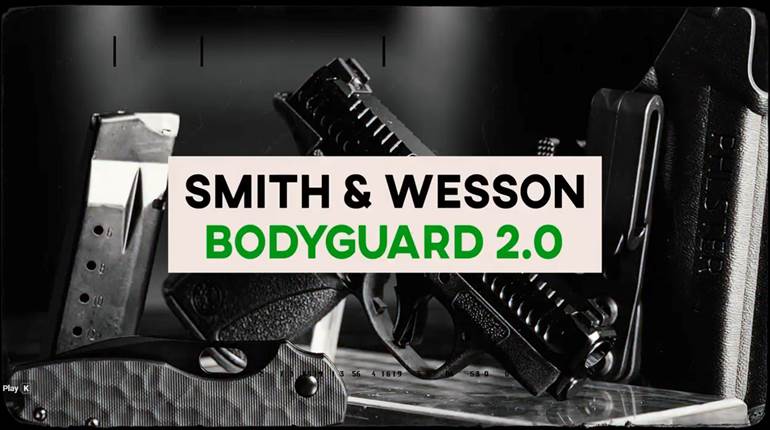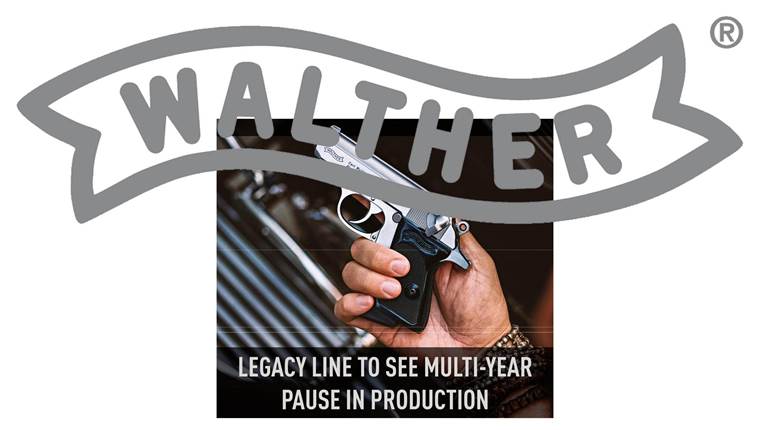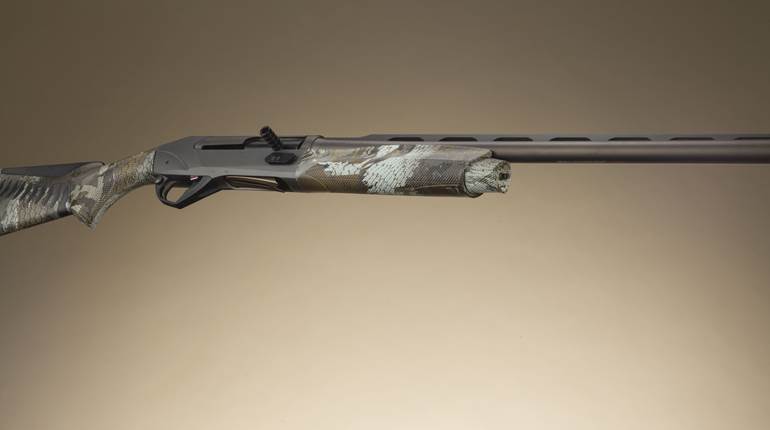
The connection between FEG and Interarms began in the late 1980s as the economic restrictions of the Cold War eased, opening trade between Eastern and Western markets. FEG is a large manufacturing conglomerate based near Budapest that produced a variety of tools and machinery from gas equipment to firearms. The company had a long history of manufacturing firearms dating back to its start in the 1890s, though it has since expanded its focus.
With less trade restrictions, FEG sought to expand its products into the Western markets. This also included interest in exporting the small arms that FEG produced. The Hungarian manufacturer approached Interarms with some of its pistols for importation to the United States.

One of the handgun designs offered by FEG was a semi-automatic full-size 9 mm service handgun design called the R9, which is a metal framed handgun based off the designs of both the Browning Hi-Power and Smith & Wesson Model 59. Another offering from FEG was a smaller handgun design based off the Walther PP and PPK series, the APK.
FEG had a history of producing handguns based off the Walther design, with examples like the FEG PA-63 used by the Hungarian military and police. The FEG APK is virtually the same as the Walther made handguns. It was offered in several versions with different barrel lengths and calibers including .380 ACP and .22 LR.

The FEG APK is largely identical to the Walther design except for a few modifications and added features. One of the distinctive features on the FEG APK that is not found on the Walther PPK is the inclusion of a hole in the front of the trigger guard that can accommodate a punch or pin for easier disassembly. For disassembly, the front of the APK's trigger guard is pulled downward and out of its socket, allowing the slide to be pulled back, up and forward off the frame and barrel.

Being a blowback-action pistol, the APK's main spring sits around and on the fixed barrel. The APK has a steel frame making it heavy for its size at 26 oz. On the standard version chambered for .380 ACP, the barrel is 3.43" long and feeds from a seven round single-stack magazine. Like the Walther PP and PPK, the FEG APK has an exposed hammer and small non-adjustable iron sights on top of the slide.
he FEG APK has a double- and single-action trigger with a de-cocking safety lever located on the left side of the slide and an exposed hammer. It also features a magazine release button on the left side of the frame instead of the release at the bottom of the frame found on Walther counterparts.

FEG was also willing to make changes to the design from requests by the consumer market, something that Walther was not willing to do at the time. One of the frequent issues experienced with the traditional Walther small frame designs was slide-bite. FEG mitigated the issue by extending the backstrap and adding a beaver tail to the rear of the frame. This resulted in the FEG APK Mark II, which became an ergonomically better handgun than the traditional Walther designs.

Both the Walther PP and PPK along with the FEG APK Mark II were featured in the Interarms catalog in the 1990s, with the APK being a quarter of the cost of the Walther handguns at the time. However, the APK Mark II did have a drawback compared to the more expensive Walther handguns in terms of quality. While the FEG handguns were reliable and well made, the finishes and details on the APK were less than those on the Walther counterparts. FEG at one point changed its markings from roll marks to dot matrices, resulting in a less than desirable look.
To watch complete segments of past episodes of American Rifleman TV, go to americanrifleman.org/artv. For all-new episodes of ARTV, tune in Wednesday nights to Outdoor Channel 8:30 p.m. and 11:30 p.m. EST.











![Auto[47]](/media/121jogez/auto-47.jpg?anchor=center&mode=crop&width=770&height=430&rnd=134090788010670000&quality=60)
![Auto[47]](/media/121jogez/auto-47.jpg?anchor=center&mode=crop&width=150&height=150&rnd=134090788010670000&quality=60)











